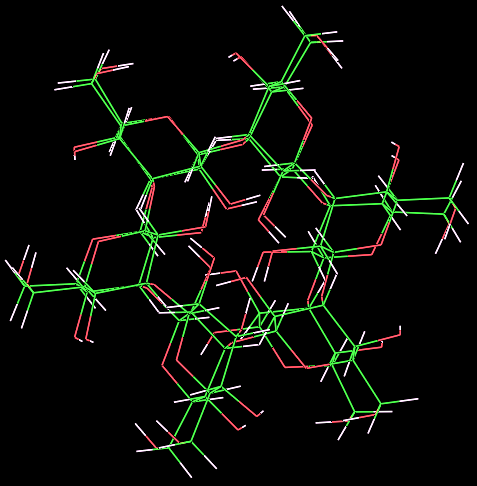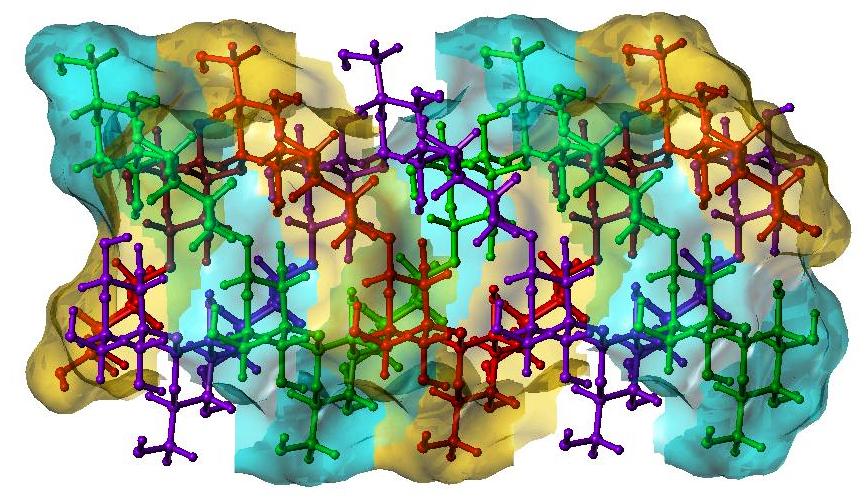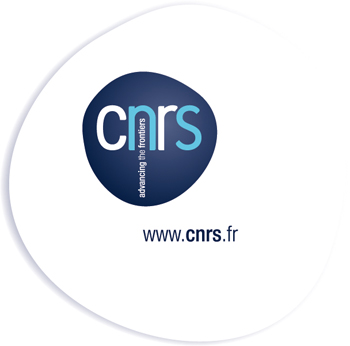Curdlans
.........................................................................................
Introduction
The generic term « curdlan » refers to extracellular microbial polysaccharides having (1→3)-linked β-D-glucose residue as their repeating units.

Fig. 1 Schematic representation of the repeating unit of Curdlan
It concerns also, a branched β-(1→3)-glucans with a few β-(1→6) glucose units groups among which is scleroglucan, lentinan, schizophyllan,….
These polysaccharides often form a triple helical conformation with a tendency to give a physical gel. Scleroglucan, lentinan, schizophyllan,…. all share similar structures and conformations. Their solubility increases in alkaline conditions, but an irreversible helix-coil transition occurs over pH > 12. Many of the polysaccharides belonging to this family are claimed to have anti-tumoral properties.
Curdlan is produced by the bacterium Alcaligens faecalis var. myxogens 10C3 strain. X-ray diffraction patterns from oriented specimens
 ,
,
 ,
,
 have led to the identification of three distinct forms:
have led to the identification of three distinct forms:
1. the native specimen (Curdlan I);
2. the hydrated form after annealing at 140° C (Curdlan II),
3. and the dehydrated form after annealing (Curdlan III).
They display significantly different 3-dimensional conformation and chain associations.
Curdlan-I
The elucidation of the 3D structure of native curdlan, has been under several investigations yielding somehow conflicting results. Previous investigations elicited the molecular structure as a six-fold
 and seven-fold
and seven-fold
 triple helical models. Re-examination of these models based on the observation of a meridional reflection on the sixth layer line resulted in a model where the chain is a six-fold, right-handed single helix
triple helical models. Re-examination of these models based on the observation of a meridional reflection on the sixth layer line resulted in a model where the chain is a six-fold, right-handed single helix
 .
(In this model, the pitch of the single helix is 22.8 Å. and the chain conformation is stabilized by a weak hydrogen bond between O4H…. O5 of 3.14 Å. The helices are oriented in a parallel fashion; they are fully hydrated as indicated by the large number of 250 water molecules per unit cell.
.
(In this model, the pitch of the single helix is 22.8 Å. and the chain conformation is stabilized by a weak hydrogen bond between O4H…. O5 of 3.14 Å. The helices are oriented in a parallel fashion; they are fully hydrated as indicated by the large number of 250 water molecules per unit cell.

Fig. 3 Schematic representation of the structural packing observed in native curdlan I
Curdlan-II
The hydrated form of Curdlan as analysed by fiber X-ray diffraction is organized as a triple helical structure of parallel right-handed strands (c value of 18.78 Å) packed in a triclinic unit cell  .
The core of the triple helix exhibits triad of interchain hydrogen bonds (O2H…O2 = 2.72 Å). Six water molecules have been located in the unit cell. These water molecules bridge adjacent helices through hydrogen bonds.
.
The core of the triple helix exhibits triad of interchain hydrogen bonds (O2H…O2 = 2.72 Å). Six water molecules have been located in the unit cell. These water molecules bridge adjacent helices through hydrogen bonds.

Fig.4 3D representation of the structure of the packing observed in curdlan II
Curdlan-III
The dehydrated form of curdlan is structurally well organized and gives rise to an X-ray pattern that can be analysed as an hexagonal unit cell, with space group P63
 .
The layer line spacing is consistent with a 6 fold parallel, triple helix whose pitch is 17.61 Å. The core of the triple helix exhibits triad of interchain hydrogen bonds (O2H…O2 = 2.72 Å) occurring at successive levels separated by distance of 2.94 Å.
.
The layer line spacing is consistent with a 6 fold parallel, triple helix whose pitch is 17.61 Å. The core of the triple helix exhibits triad of interchain hydrogen bonds (O2H…O2 = 2.72 Å) occurring at successive levels separated by distance of 2.94 Å.
The packing of the chains in the unit cell is maintained by a series of strong hydrogen bonds (having distance between 2.70 to 2.75 Å).








